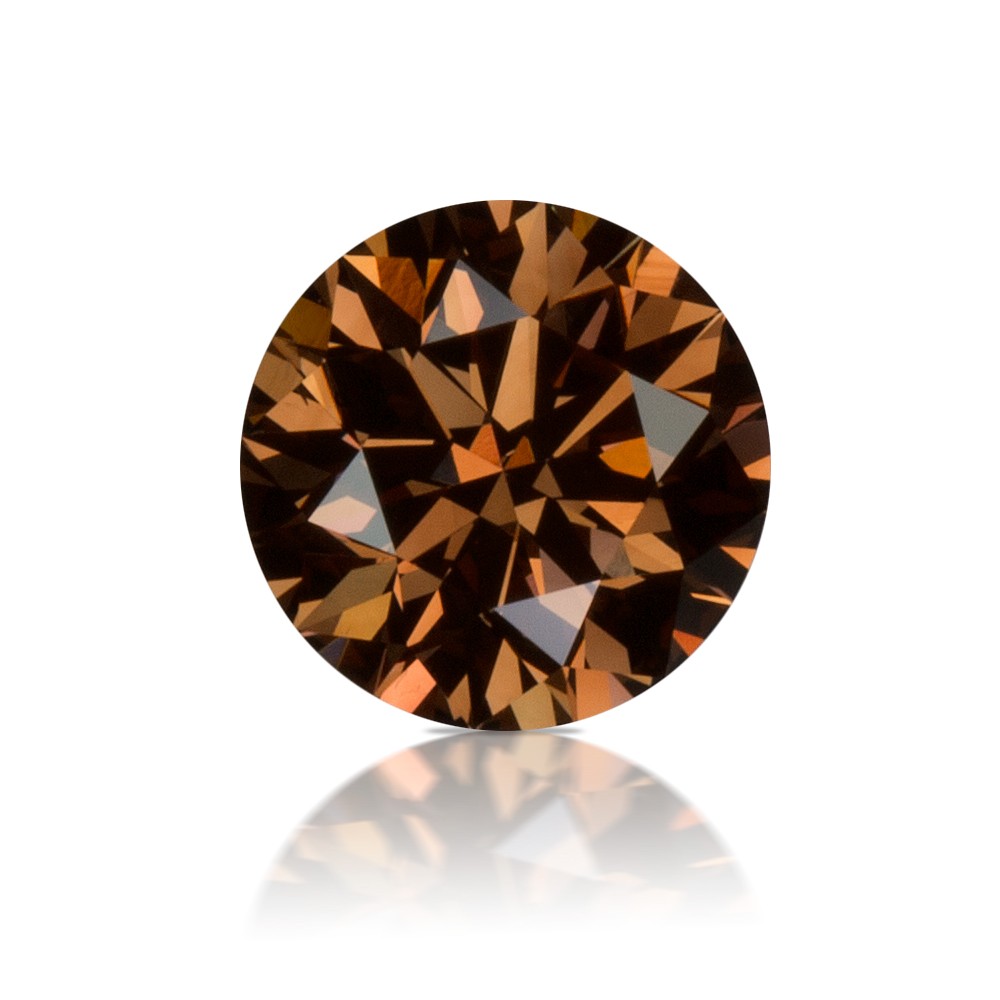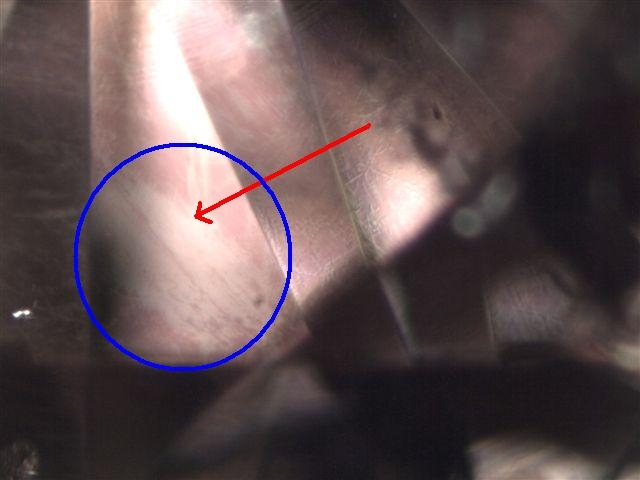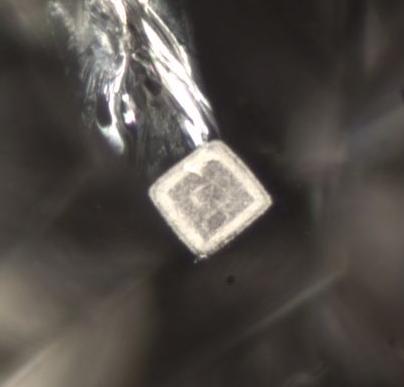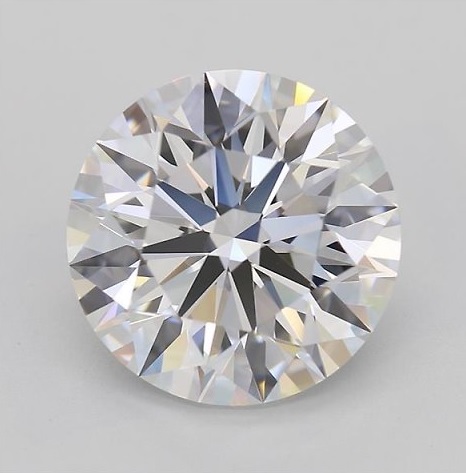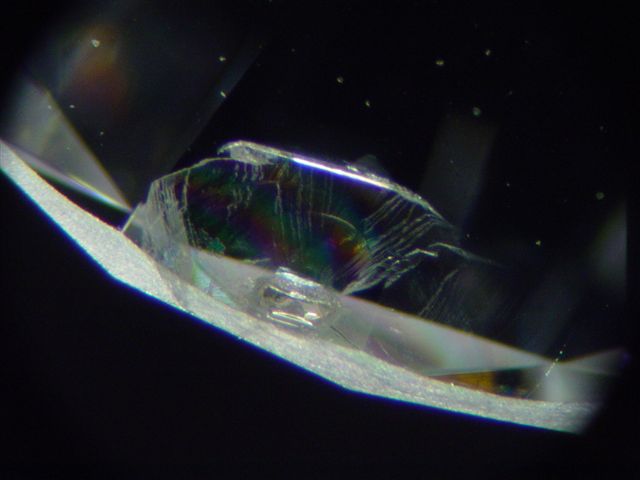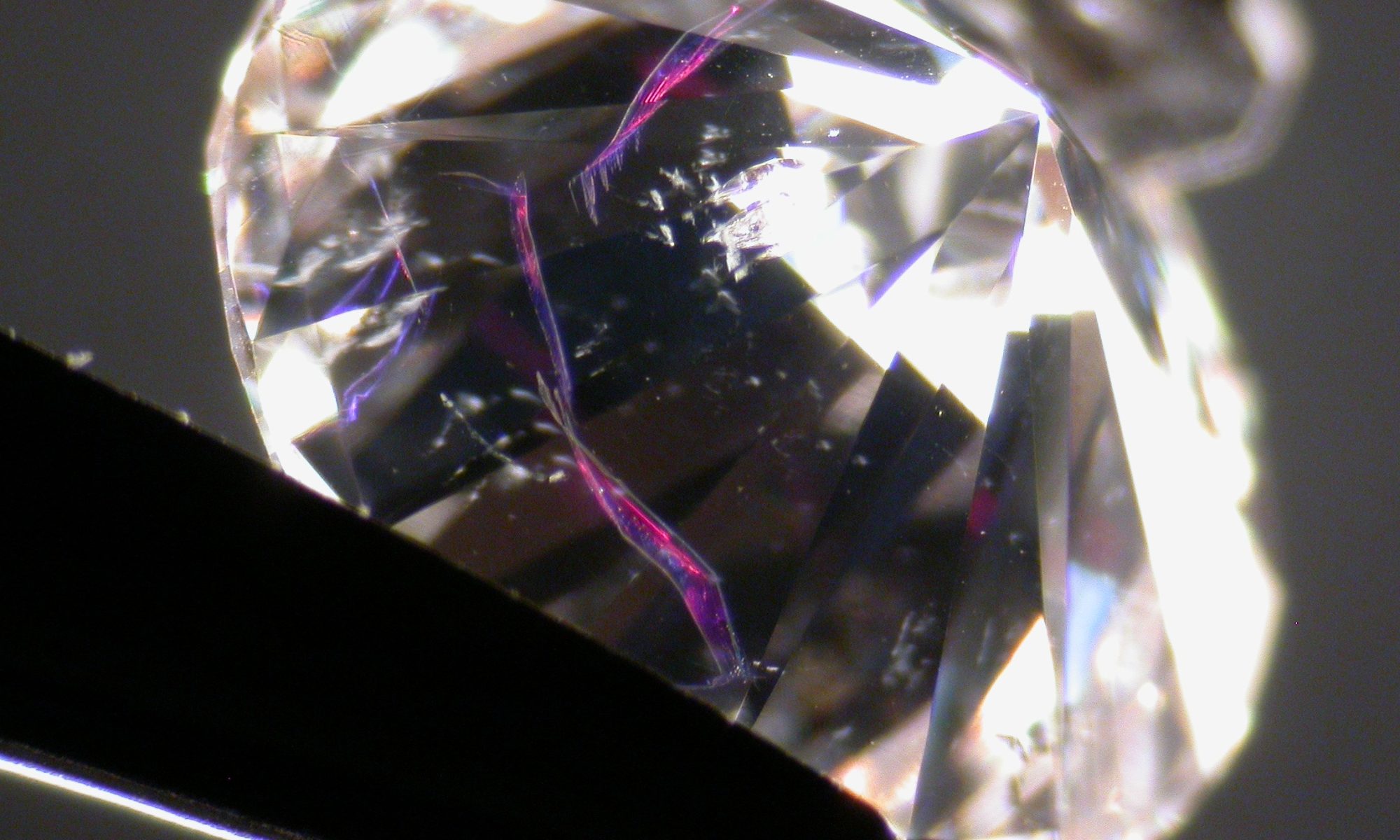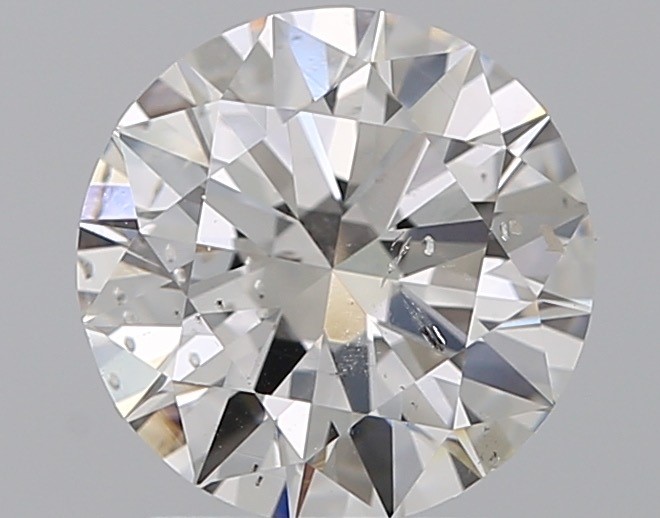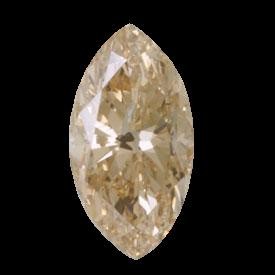A Cognac diamond is a type of brown diamond that is characterized by its rich, warm brown hues with shades ranging from light yellow-brown to deep, intense reddish-brown. The name “Cognac” is derived from the rich, amber-like colour of the famous Cognac liquor, and it is used to describe diamonds that display a similar amber or reddish-brown colour.
Key Characteristics of Cognac Diamonds:
Colour Range:
Cognac diamonds can range from light brown to dark reddish-brown, with some stones exhibiting an almost amber or chocolate brown appearance. The deeper the colour, the more intense the cognac hue, which is what gives the diamond its signature name.
Overtones of yellow or red may also be present in higher-quality Cognac diamonds, giving them a more vivid and unique visual appeal.
Formation:
Cognac diamonds are formed in the same way as other diamonds, but their distinctive colour is caused by natural radiation during their formation process. The presence of certain elements, such as nitrogen, is responsible for the brown colour, which can vary in intensity depending on the diamond’s unique composition and the conditions under which it formed.
Diamond Grading and Colour:
Colour grading for Cognac diamonds follows the same system used for all diamonds, with diamonds being graded on a scale from D (colourless) to Z (light yellow or brown). Cognac diamonds typically fall in the range of K to Z on the colour scale.
While the grading system for diamonds typically focuses on the absence of colour (with more valuable diamonds being colourless), Cognac diamonds have their own unique appeal and are valued for their warm, rich colours rather than for being colourless or near-colourless.
Rarity and Value:
While brown diamonds are relatively common in nature, Cognac diamonds are rarer than other types of brown diamonds because of their deep, rich hue. High-quality Cognac diamonds with vibrant, intense colours are considered more valuable.
The value of a Cognac diamond is determined by its colour (depth and richness), clarity, and cut, just like any other diamond. However, the unique colour can make the Cognac diamond stand out and appeal to those looking for a more distinctive and fashionable stone.
Appearance and Appeal:
The warm brown tones of a Cognac diamond give it a distinctive, luxurious appearance that pairs well with various metal settings like rose gold, yellow gold, or platinum. The warm tones can make it an attractive choice for engagement rings, necklaces, and other fine jewellery pieces.
Cognac diamonds often have a vintage or antique aesthetic, making them popular for those seeking a more unique or unconventional look, as opposed to the traditional clear diamond.
Common Treatments:
Some brown diamonds, including Cognac diamonds, are treated to enhance their colour. HPHT (High Pressure High Temperature) treatment is one such method used to improve the colour and clarity of brown diamonds. However, Cognac diamonds with natural, untreated colour are considered more desirable and valuable.
Unlike other coloured diamonds (such as pink or blue diamonds), the natural brown colour of Cognac diamonds is typically well-regarded, and the treatment is not always necessary to enhance their beauty.
Why Choose a Cognac Diamond?
Unique Beauty: The warm, earthy tones of Cognac diamonds offer a unique alternative to traditional colourless diamonds. They stand out for their rich, luxurious look, which can be especially appealing for those looking for something distinctive.
Versatility in Design: Cognac diamonds pair beautifully with a variety of metals, particularly rose gold or yellow gold, which complement the diamond’s warm tones. They can be used in both modern and vintage-inspired jewellery designs.
Rarity: High-quality Cognac diamonds, especially those with deep, intense colour, are relatively rare and can be a special choice for engagement rings, anniversary rings, or other fine jewellery pieces.
Value: While the price of Cognac diamonds can vary depending on the size, quality, and colour saturation, they are generally more affordable than colourless diamonds of the same size and quality.
Cognac Diamond vs. Other Brown Diamonds
While brown diamonds are commonly referred to by a variety of names (such as chocolate, champagne, and cognac), Cognac diamonds are considered to be among the highest quality brown diamonds due to their rich, deep colour. Other brown diamonds, like champagne diamonds, tend to have lighter, more yellowish-brown hues, while Cognac diamonds typically feature a richer reddish-brown tone.

